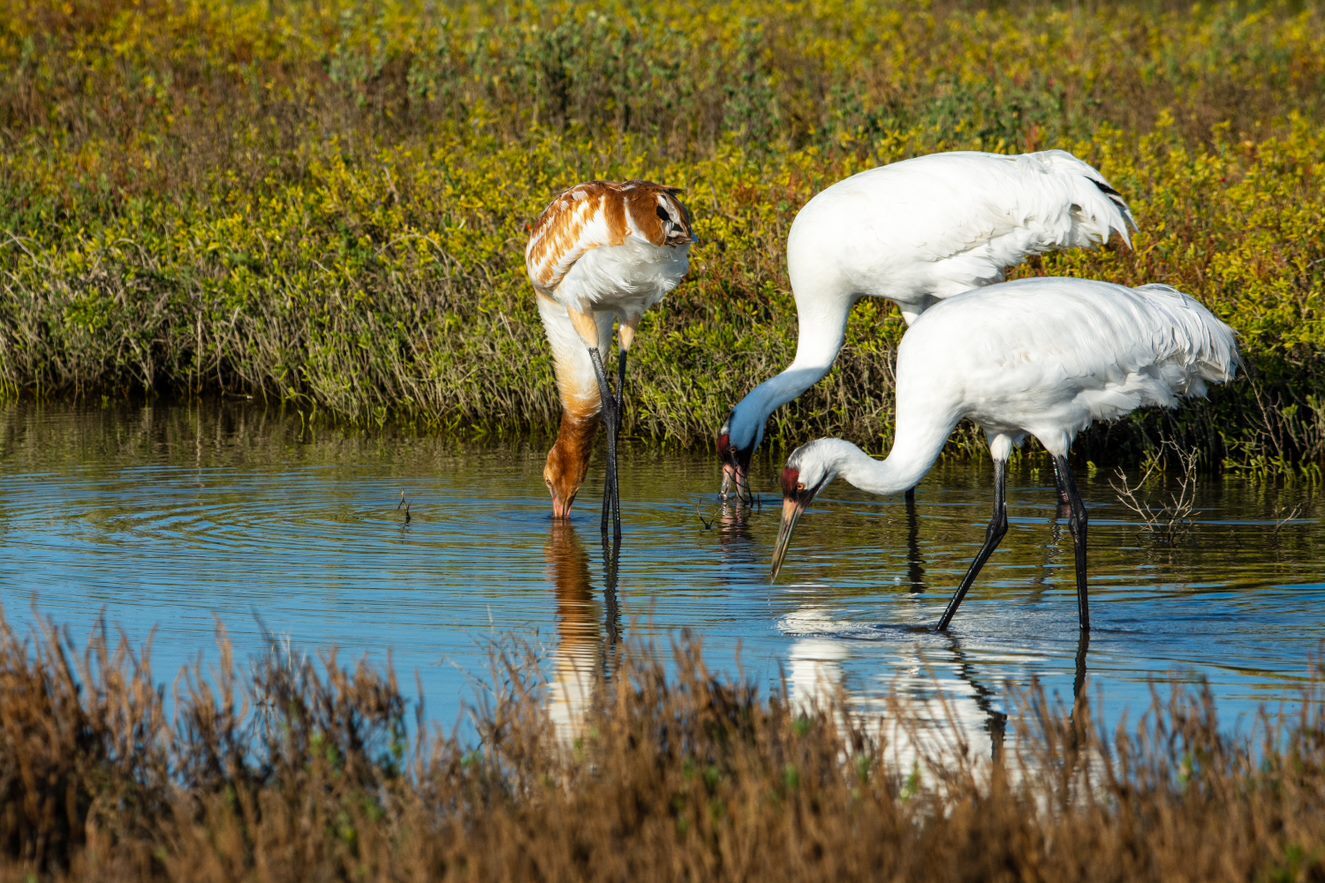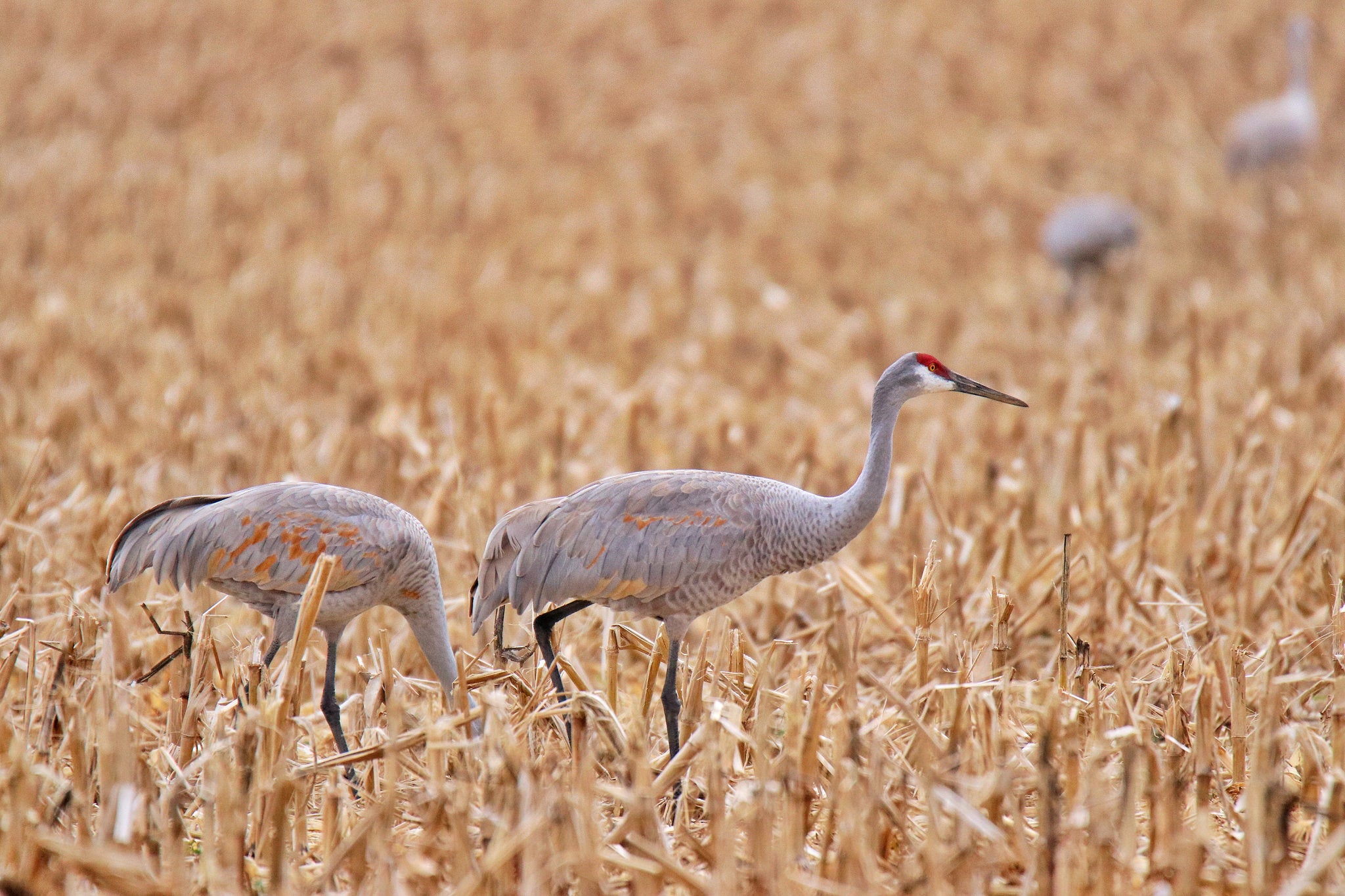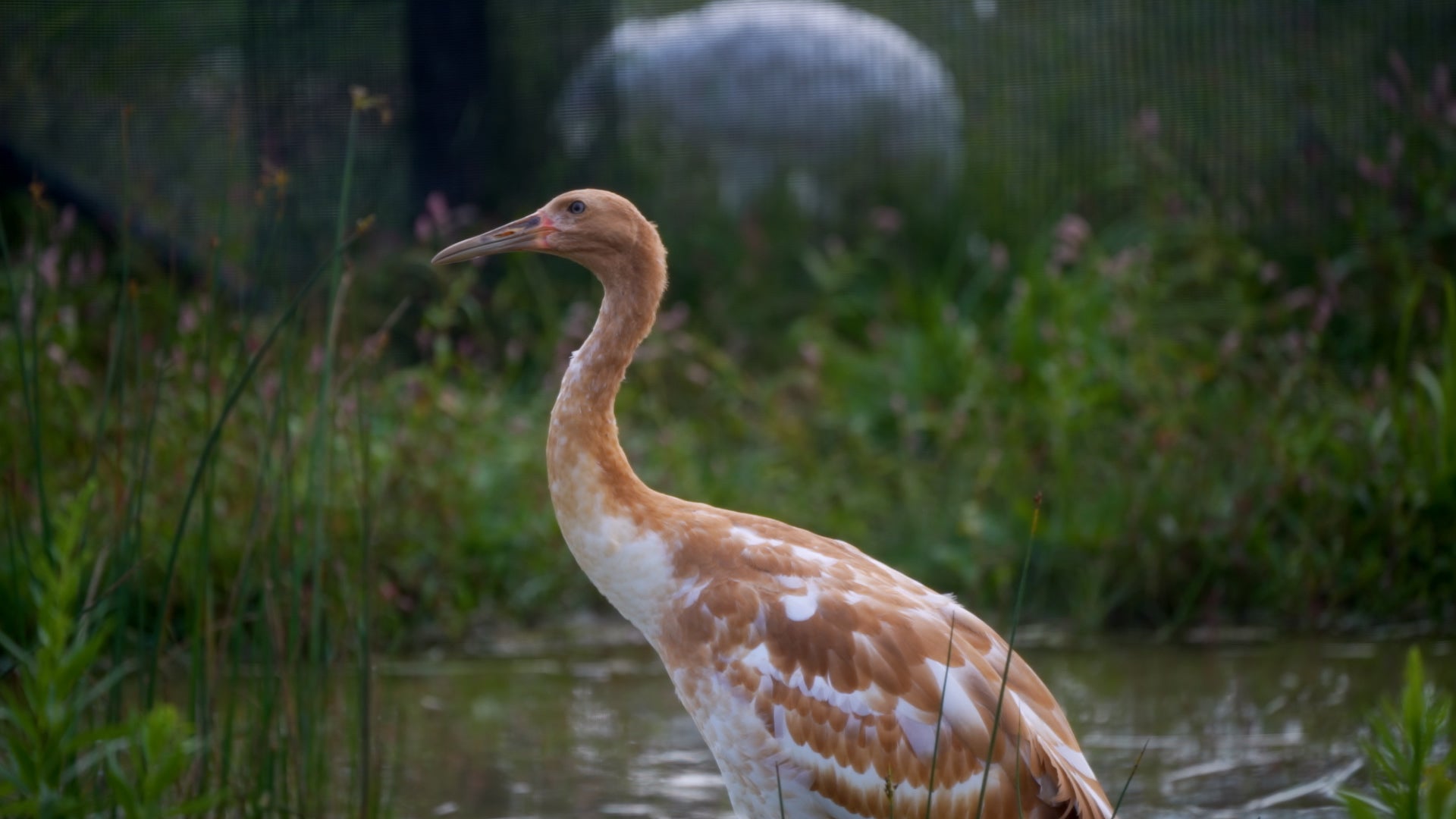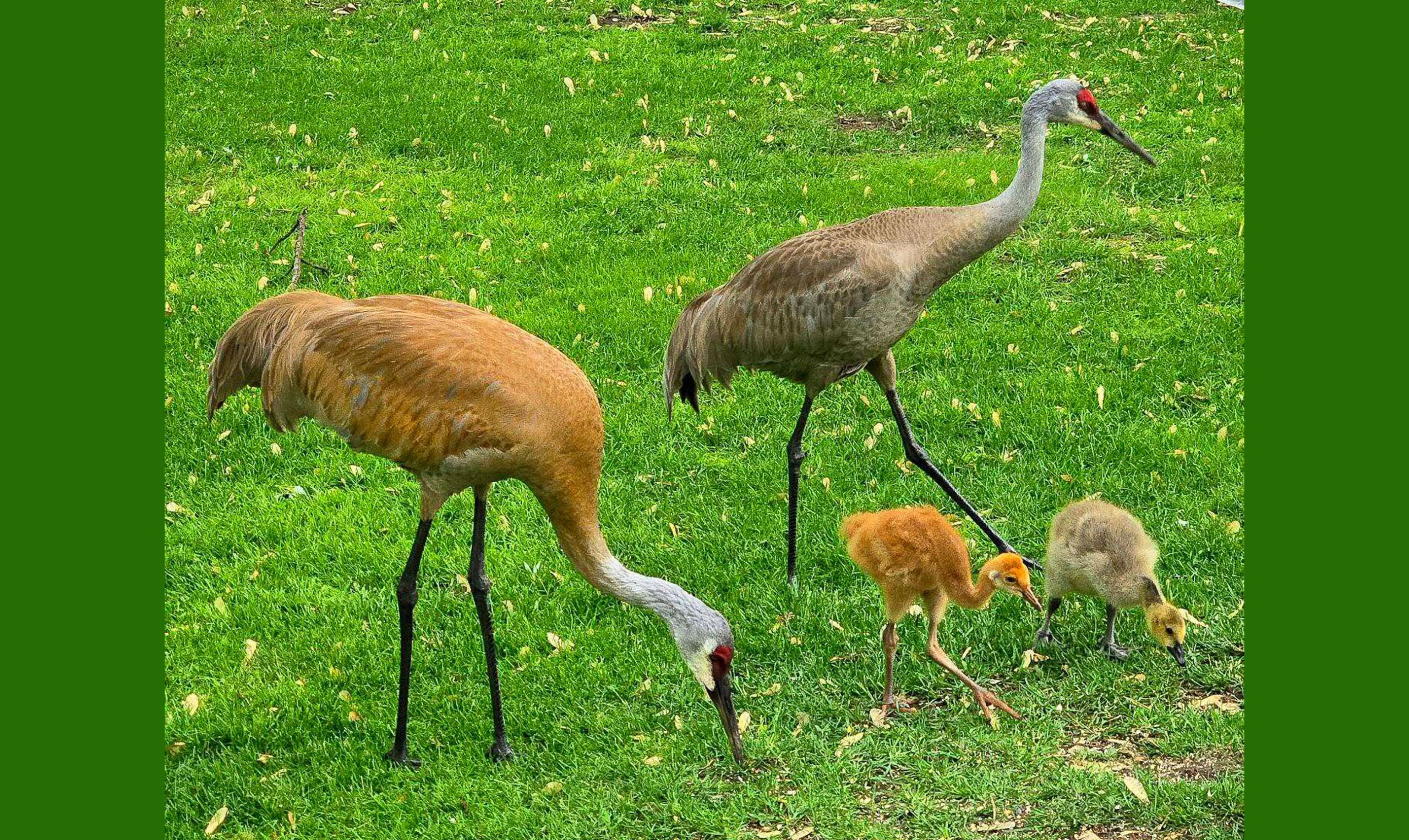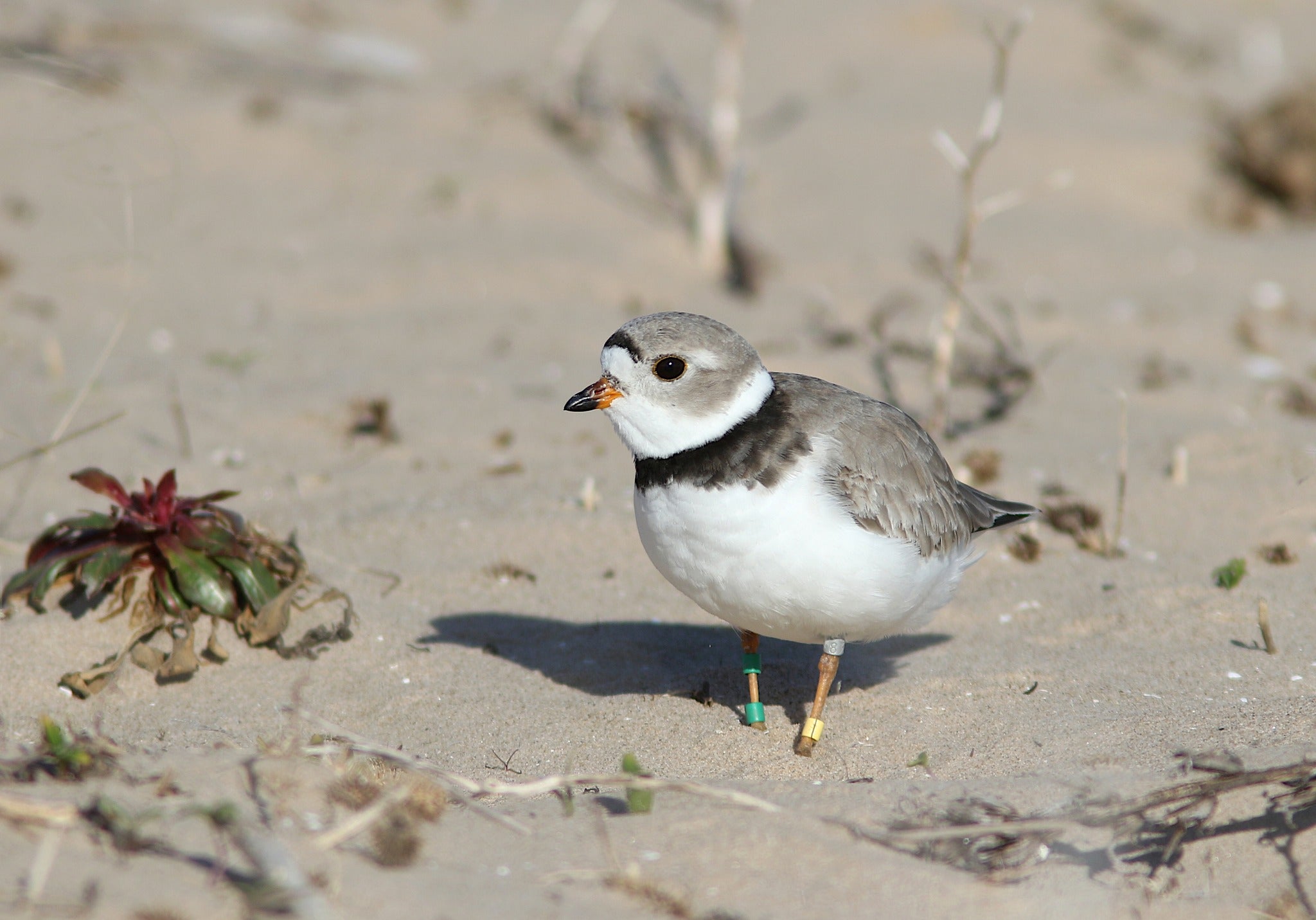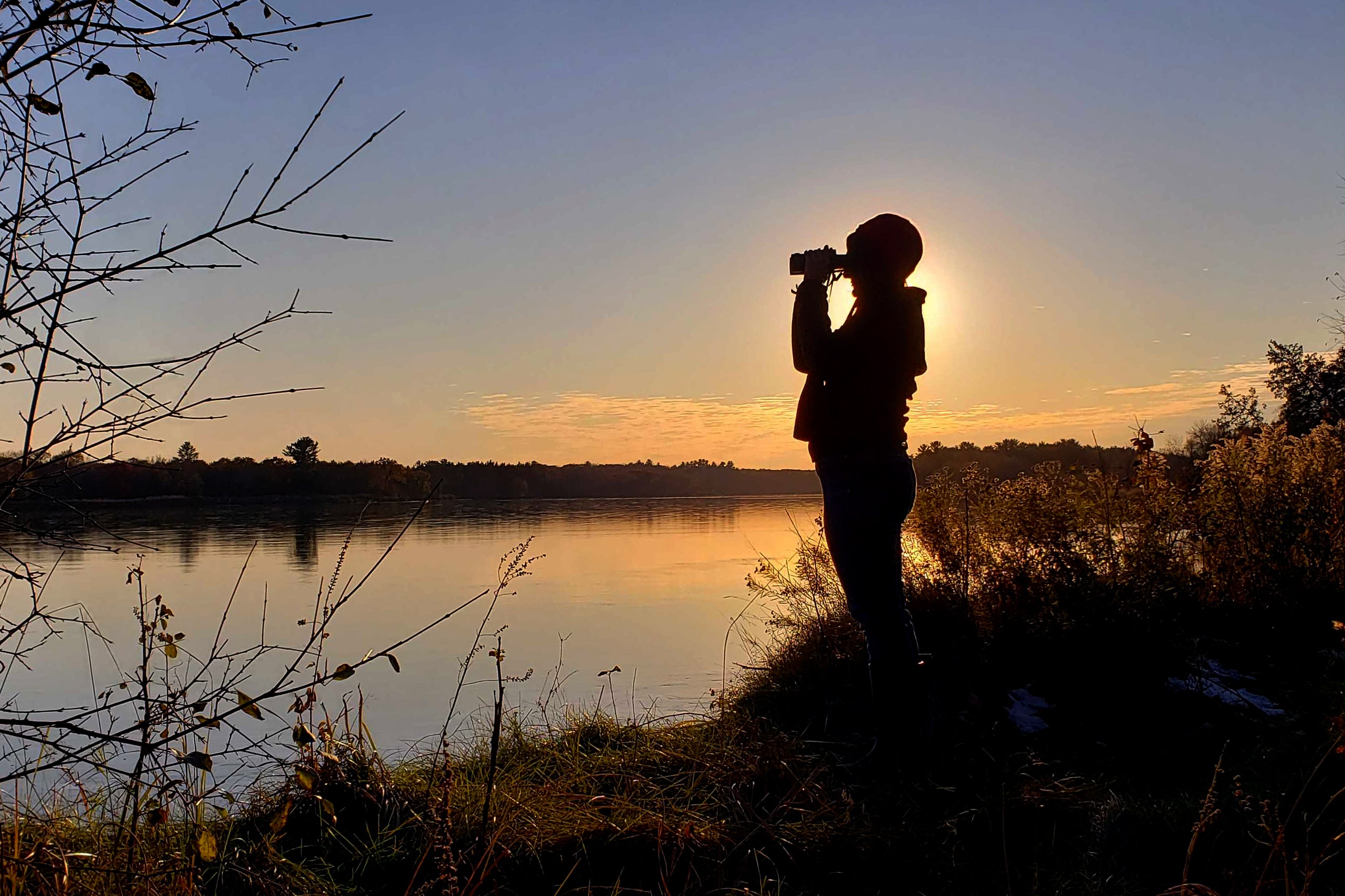Biologists estimate 10,000 whooping cranes once lived in North America. By the 1940s, that number had fallen to around 20. Now, projects to bring the birds back in Wisconsin and Louisiana are celebrating a successful year for chicks.
Eight whooping crane chicks born in the wild took flight this year in Louisiana, breaking records for the state’s gradually growing population.
The newly-fledged cranes bring the Louisiana flock to a total of 76 birds.
News with a little more humanity
WPR’s “Wisconsin Today” newsletter keeps you connected to the state you love without feeling overwhelmed. No paywall. No agenda. No corporate filter.
“A good year of reproduction in our reintroduction project is a really positive step for this project and the overall goals for the entire species to increase their numbers,” said Sara Zimorski, a biologist with the state’s Department of Wildlife and Fisheries.
The cranes are the tallest flying bird in North America, standing at almost 5 feet and weighing up to 17 pounds. Their black-tipped wings span roughly 7 feet, and their faces are marked with red and black.
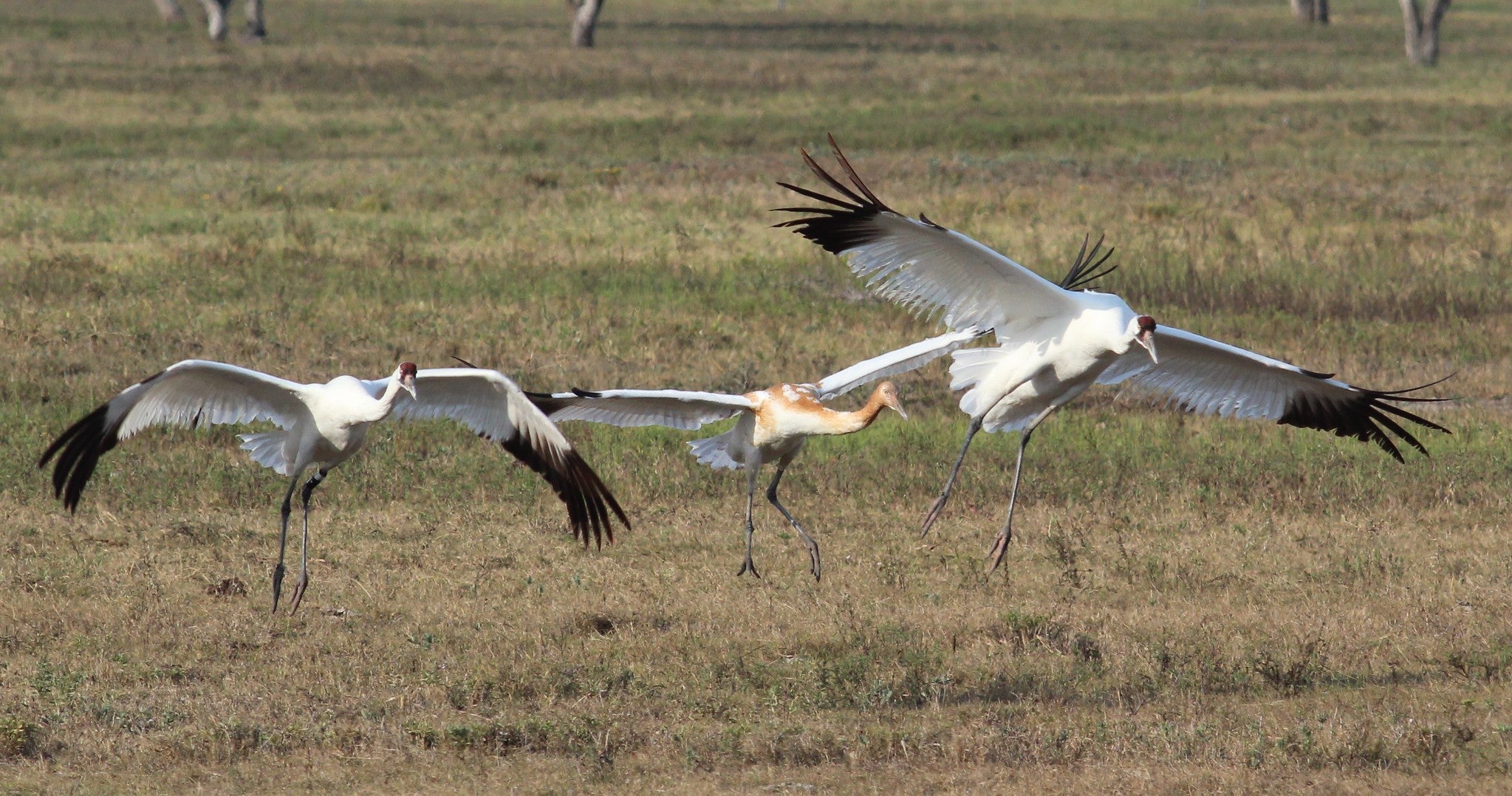
After decades of work, Zimorski said the population has grown to over 800. Roughly 500 wild birds migrate between Canada and Texas each year, she said, and around 70 reintroduced cranes breed in Wisconsin. Though the population is on the road to recovery, she said reviving the species will take decades.
Whooping cranes don’t reach sexual maturity until they’re three to five years old, she said. Once they start breeding, they typically lay one or two eggs per year. Even when they lay two eggs, they tend to successfully raise only one.
“It can be slow-going and can be frustrating,” Zimorski said. “Sometimes it’s one step forward, two steps back. This year, it seems like … we had a two-step forward year.”
Why that is, Zimorski isn’t sure. The reintroduction project in Louisiana started in 2011, she said, meaning the cranes have more experience breeding and raising chicks. The state’s drought could be a factor, too, but she said some of it was probably just luck.
Things are also looking up for Wisconsin’s flock, according to Hillary Thompson, a biologist at the International Crane Foundation, based in Baraboo.
There are at least 70 cranes living in the state, mostly in Juneau County. And this year for the first time, Thompson said two wild birds hatched chicks outside of captivity.
That’s an important step, she said, because they want the birds to be able to survive and reproduce in the wild. And that starts with undoing the harm humans have already done, Thompson said.
“The decline of the whooping crane was because we were changing wetlands and draining wetlands,” she said. “Humans definitely had a hand in the decline of the species, so I think it’s important that we pay that back.”
To do that, Thompson said conservationists are protecting and restoring the whooping crane’s habitat, so the birds have a place to live, find food and protect themselves from predators. That has cascading effects on the rest of the ecosystem, too, she said, restoring the homes of other plants and creatures that need those wetlands to survive alongside the cranes.
“It really does bring me joy to see them on the landscape and know that we’re doing something good for the world,” she said, “that we’re doing what we can to right the wrongs that we’ve done in the past.”
Wisconsin Public Radio, © Copyright 2026, Board of Regents of the University of Wisconsin System and Wisconsin Educational Communications Board.

